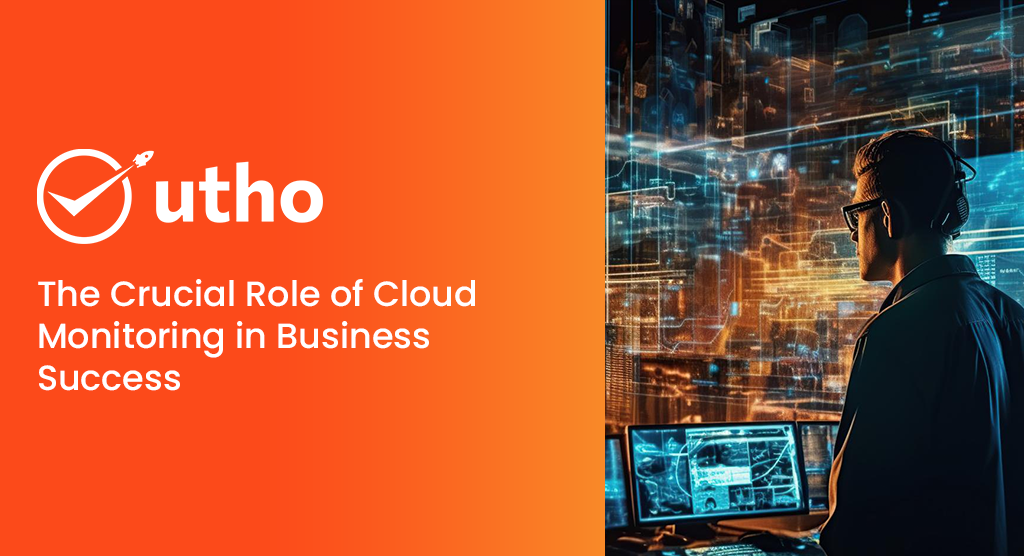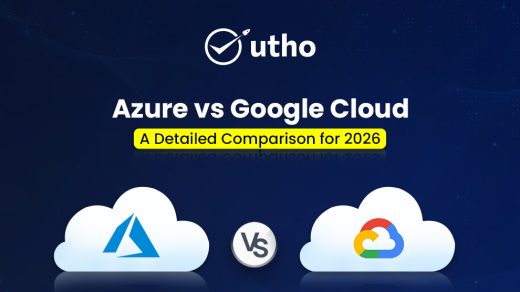As businesses shift operations to the cloud—whether for hosting websites, running applications, or storing data a crucial need arises to monitor performance, security, and costs. Cloud monitoring tools provide real-time insights, empowering administrators to pinpoint issues before they escalate into critical problems.
What does Cloud Monitoring entail?
It entails the continuous observation, assessment, and control of the well-being, efficiency, and accessibility of cloud-based applications, architecture, and services. This practice frequently employs both automated and manual methods, leveraging various tools to ensure your cloud infrastructure aligns with performance expectations.
Integral to cloud security and management, cloud monitoring involves real-time scrutiny of your cloud environment. This ongoing process is pivotal for promptly identifying and addressing any issues that could impact service availability.
What are the types?
Different types of cloud monitoring concentrate on specific aspects of cloud architecture. Keep an eye on the following components and areas:
Website monitoring: Website monitoring enables administrators to monitor diverse facets of websites hosted in the cloud. This includes overseeing traffic patterns, ensuring availability, and tracking resource utilization.
Virtual network monitoring: The monitoring of virtual networks encompasses the surveillance of operations and elements related to virtual network connections, performance, and devices.
Database monitoring: Database monitoring assesses the integrity, availability, querying, and access of data within your system. It also examines how your application utilizes this data, pinpointing any potential bottlenecks that might impede efficient data transmission.
Virtual machines monitoring: The monitoring of virtual machines involves overseeing their health, examining traffic logs, and ensuring scalability to adapt to varying workloads.
Cloud storage monitoring: Cloud storage monitoring offers visibility into performance metrics, user activities, storage expenses, bugs, and other crucial indicators of system performance.
What are the reasons for monitoring your cloud environment?
In general, cloud monitoring affords engineers an enhanced level of insight into their cloud environment. Additional advantages encompass the capability to:
- Save money by catching and fixing security problems early with cloud monitoring, helping DevOps teams stay on top of risks.
- Fix structural issues, like misconfigurations, that can impact customer service.
- Examine the performance of your cloud-based services on various devices to enhance their overall optimization.
- Improve visibility and streamline the management of cloud environments with automation.
- Gain a clearer understanding of your application's performance. Use the gathered insights to enhance user experiences and prevent customer loss to competitors.
How Utho is the best option for the cloud monitoring solution?
Utho stands as a powerful cloud-based solution including robust, enhancing business productivity by ensuring heightened availability of contacts, emails, tasks, and calendars. Tailored to meet the diverse needs of organizations, it excels in providing efficient solutions. Specifically designed for businesses requiring cost-effective and straightforward communication and file-sharing through intranets.




